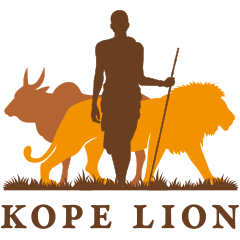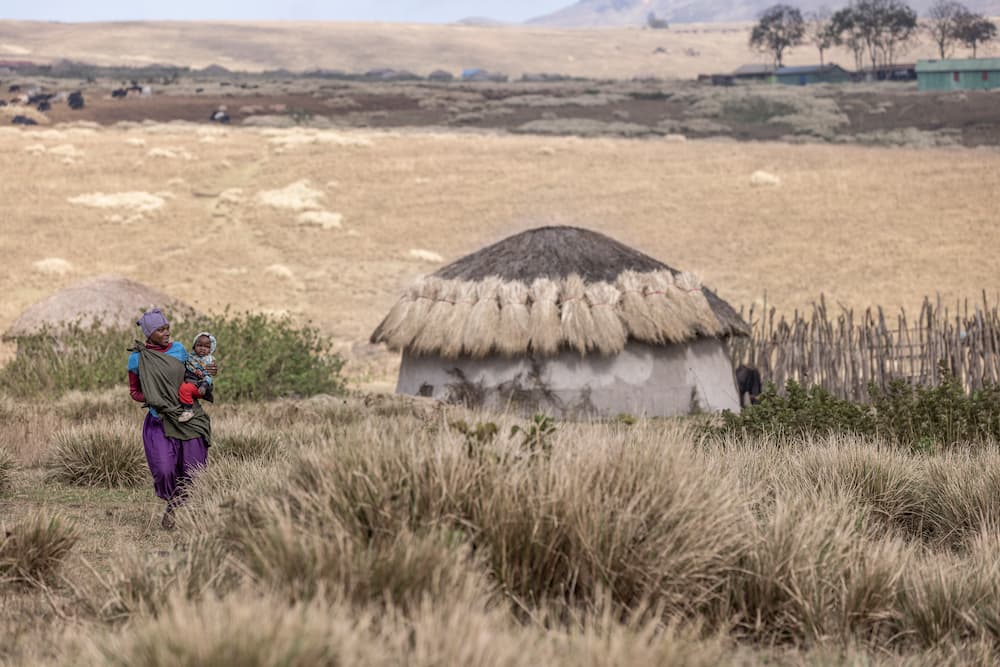
Lemunge – the dark maned nomad from the Crater’s Munge pride
MG130, aka “Lemunge”, born July 2014 in Ngorongoro Crater’s Munge pride. Him and 4 of his brothers and cousins departed as nomadic males as 2-3-year olds – the Munge-Nomad coalition. Later they left the Crater floor, and was often seen as impressive young males patrolling the Crater rim road. In 2018 we received numerous reports from the many communities along the Lake Eyasi escarpment about hearing, finding tracks and having livestock attacked by a group of lion males. We suspected this may be the Munge-Nomads, but could only confirm this once from a visual observation of these elusive males. In late May 2019 we suddenly had a report of 4 big dark maned males appearing in the Ndutu area. Here lions are more relaxed as it is a wildlife exclusive area, and you can travel and approach the lions in a vehicle. With the NCA Authority veterinarian we managed to deploy a collar on Lemunge – now a 5-year-old male. Interestingly Lemunge has a cleft palate which is quite rare and not something we’ve seen before.
Since collaring Lemunge we are documenting the reverse movement from that of Laipangwa and NguvuKazi; males originating from the Crater that are establishing in the Ndutu area. One of the 5 brother/cousins are gone from the Munge-Nomad coalition, and one of them has a chronic limp. That still makes them a stronger coalition to the remaining 2 males of the Lol-gang. In July 2019 the remains of a male were found near a place where the two coalitions met – after which Lope of the Lol-Gang has not been seen. It is clear, and expected, that the Munge-Nomads are in process of taking over the Ndutu prides, one by one, after ousting the former resident males. Yet, even after turning up in Ndutu, Lemunge has made return-visits to the populated Lake Eyasi escarpment. Despite the much higher number of people living here and potential conflicts, the area hosts more wild prey. Perhaps Lemunge goes to fatten up in-between his visits to Ndutu and its many lion-ladies.
Lemunge and his brothers succeeded to take over three out of Ndutu/Masek’s four prides. But spreading wide is spreading thin. With the rains other males wandered into Ndutu – a place that attracts much wildlife – leading to increased competition. The cubs Lemunge & co had sired with the Masek pride got lost in the commotion.
From February 2020 Lemunge and one brother, occasionally with signs of a female, settled in the Engarusi Valley near Laetolia museum, an area near many people and livestock. Plenty migratory herbivores kept them well-fed and out of conflict. Thereafter Lemunge and his brother returned to explore the Crater Highlands and the Lake Eyasi escarpment and have recently seemed to settle in the rugged terrain south of Makarot mountain, an area where we also find tracks of a female with a large cub.
Lemunge’s collar started to be unreliable in early 2021, and so he was successfully recollared on the 25th of March 2021. He roams in the crater highlands in a group of three males with now two females from the Crater Lake’s pride (LK128 and LK124), occasionally taking livestock in addition to wild prey. In the last few months, they have settled in the plains above Lake Eyasi where prey has been plentiful, and most recently seen with a juvenile male and female and 5 cubs.










